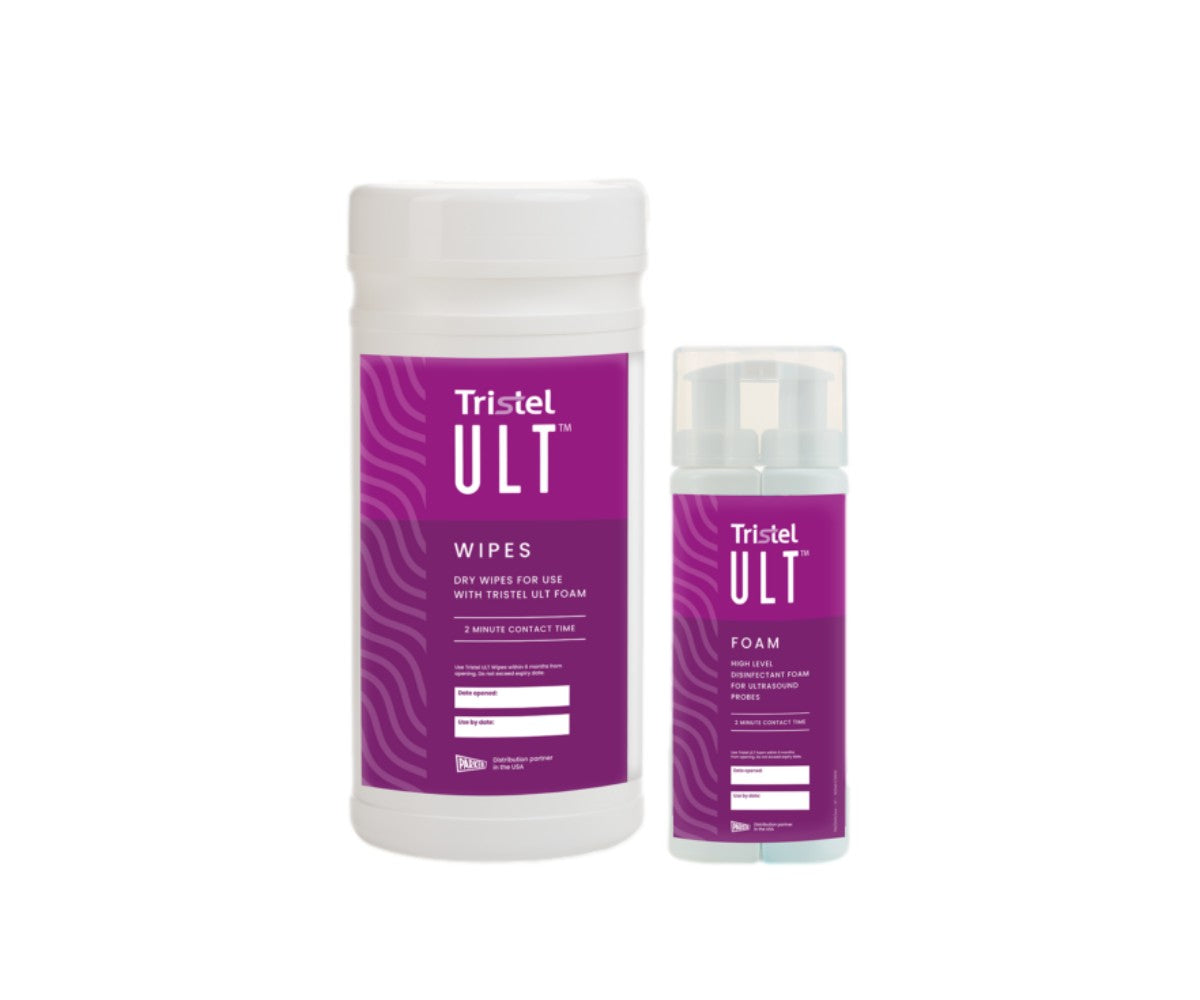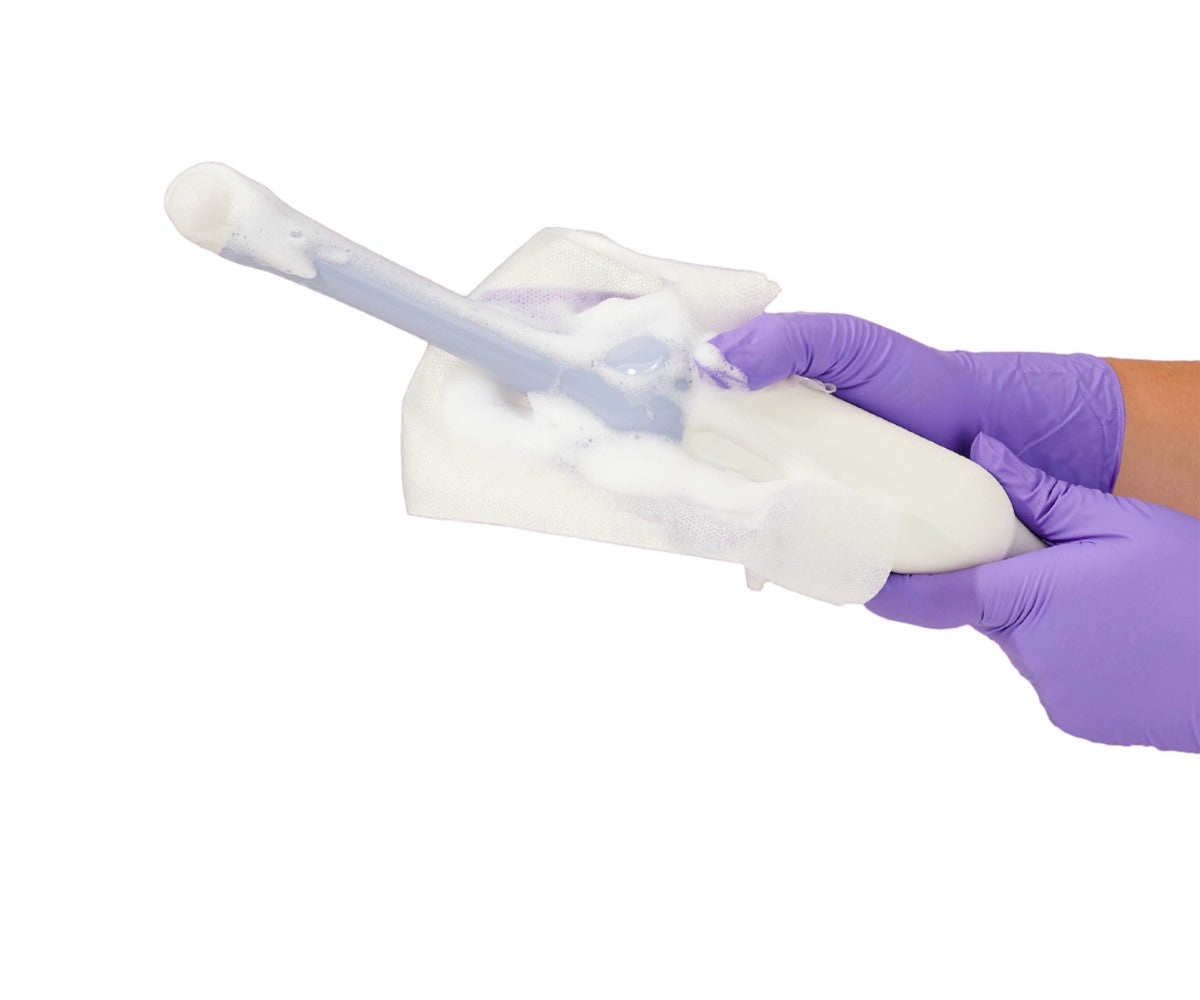While infection control is a topic which is discussed often in hospitals and clinics, it’s easy to feel that it’s the primary responsibility of the infection preventionist. This is especially true in an era of personnel shortages that have pushed many healthcare workers to perform double duty.
However, healthcare workers are the key to infection prevention and control. Out of all the stakeholders in a medical facility, they are usually the ones with the greatest patient contact. And unfortunately, the greater the patient contact, the greater the risk of healthcare-associated infection (HAI) transmission.
It is estimated that each day approximately 1 in 31 patients in American hospitals are at risk of contracting an HAI. Many of these cases can be prevented if proper adherence to healthcare infection control protocols is maintained. That’s why it’s essential that healthcare workers understand their role in the infection control process and patient safety.

The goal of infection preventionists should be to create a culture of infection control in their facilities. In turn, the goal of healthcare workers should be to become agents of this culture. Doing so not only protects patients but their family members and practitioners as well.
The primary challenge is the already overcharged schedule of many practitioners. Simply put, it may sometimes feel like infection control is just another task being added to an already long list.
In this article, we’ll tackle the issue of infection control and discuss its importance to healthcare workers.
Healthcare workers' compliance with infection control measures
Healthcare infection control must be a culture in facilities. To make this possible, infection preventionists must work alongside practitioners, nurses, and other healthcare professionals to provide adequate safety guidelines and infection control training.
In a study published in Health Services Publishing, Education & Recruitment, the researchers concluded that compliance with infection control practices is primarily related to environmental aspects and organizational influence and not to individual factors.
Therefore, the culture of infection control that is created in a facility can be a significant factor in strengthening compliance, which is usually weakened by poor training and supervision. In the same study, where 16 healthcare facilities were included, only 5% of respondents considered their infection control training for healthcare workers excellent, and 30% felt they didn’t receive the necessary training.

Another study published in BMJ Journals provides more insight into healthcare workers’ compliance with infection control procedures. Some evidence showed that anxiety and concerns about the risk of infection were associated with more compliance. In the same line, monitoring from superiors was another important factor that helped to improve patient safety.
With results similar to the first study we mentioned, the staff in the BMJ study also expressed communication barriers and lack of understanding of healthcare infection control guidance that affected their compliance with protocols.
Potential reasons for poor compliance with infection control practices
Some healthcare workers found it hard to follow protective measures like facemask use, hand sanitizer use and the implementation of quarantine during infectious outbreaks.
Part of the reasons for this was the perception of susceptibility due to the lack of knowledge surrounding the disease and the recommended practices to avoid it, discomfort when using personal protective equipment and practical issues like poor time in high workload environments.
Other qualitative data reported that when participants observed non-compliance behaviors in colleagues or managers, they were more likely to repeat those actions and create a cycle of no compliance in the facility, thereby putting themselves and others at risk.

What has worked to increase compliance with infection control measures
According to the same study above, the infection preventionists that participated suggested that protective practices were influenced by the adequate understanding of infection prevention guidelines, supportive managers, appropriate resources, comfortable personal protective equipment and the impact of a culture of infection control.
Critical environments like emergency rooms, intensive care units (ICU), inpatient departments, or high-infection districts showed higher compliance from healthcare workers. In these spaces, they were more likely to wear gowns and wash their hands frequently.
For most healthcare workers, the most important strategy for increasing compliance is to see senior staff leading by example and implementing infection control measures.

Best practices for infection prevention
In order to effectively prevent and control infections at healthcare facilities, it is necessary that healthcare workers adhere to the preventive protocols.
Some of these include:
- Frequent hand washing
- Hand sanitizer
- Adequate use of personal protective equipment such as gloves, facemasks and gowns
- Up to date vaccinations
- Surface cleaning and disinfecting using the Spaulding classification
Catheters, injections, settings that aren’t properly cleaned and disinfected, and the overuse or improper use of antibiotics, are common risk factors that contribute to the spread of HAIs.
The most recurrent infections in healthcare facilities include CLABSI (central line-associated blood stream infections), CAUTI (catheter-associated urinary tract infections), MRSA (Methicillin-resistant staphylococcus aureus), C Diff (clostridium diffi cile) and SSI (surgical site infections).
An effective way to prevent these types of infections is by using protective layers such as probe covers. Vascular sonographers and other practitioners who perform ultrasound-guided and interventional procedures should always use a probe cover and sterile ultrasound gel to maximize patient safety.
For some ultrasound exams and procedures such as endocavity ones, it’s mandatory that practitioners use an FDA-approved endocavity probe cover to protect the patient and equipment from cross contamination and reduce the risk of HAI spread.
Additionally, according to the latest Infection Prevention and Control Guidance Update from the Centers for Medicare & Medicaid Services, hospitals must demonstrate that they have qualified infection preventionists through education, training, experience, or certification in the field.
These certifications should be obtained from organizations that provide ongoing training and education. Some of them include the Society for Healthcare Epidemiology of America (SHEA), the Infectious Diseases Society of America (IDSA), and the Society for Infectious Diseases Pharmacists (SIDP).

Personnel and patient safety is key to keeping the healthcare system working. This is why infection control is important to healthcare workers. Without their commitment to infection prevention, this practice wouldn’t be possible.
At EDM Medical Solutions, our dedication to patient safety is strong. We work to provide healthcare facilities with products and tools to facilitate the process of cleaning and disinfection in a fast and effective way to keep patients and healthcare workers protected. Discover our comprehensive solutions for healthcare facilities like yours.







